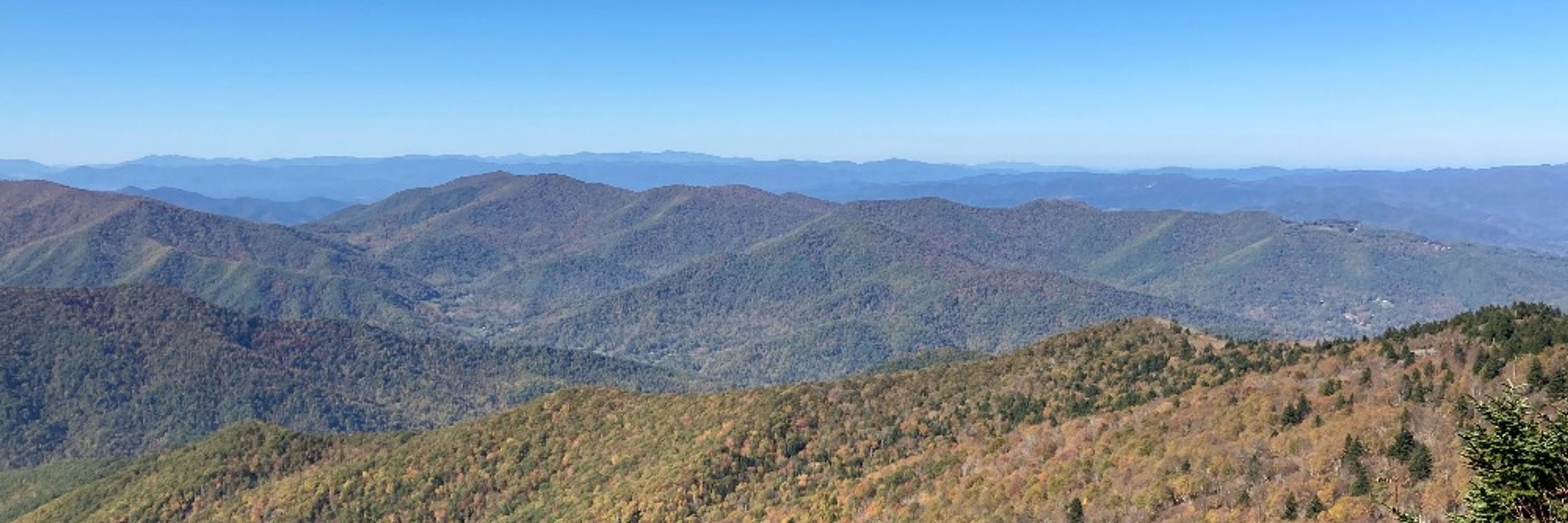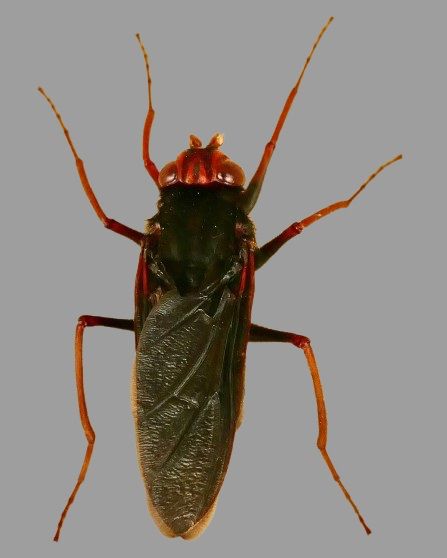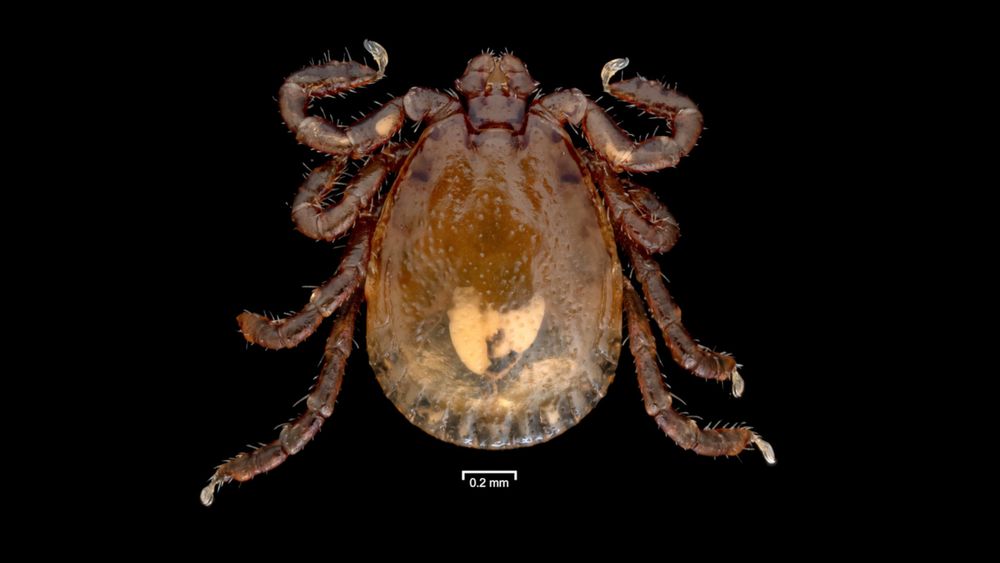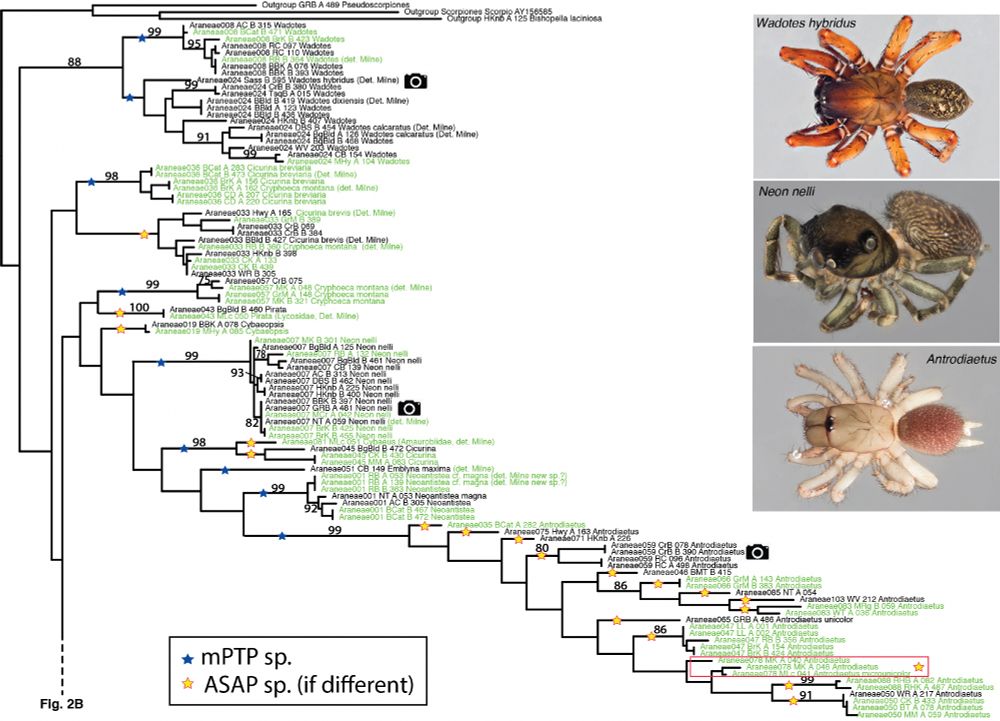Michael Caterino
@mcaterino.bsky.social
1.3K followers
530 following
460 posts
Coleopterist, documenting patterns of beetle diversity (especially histerids & staphylinoids); University prof sharing systematics with the next generation; aspiring popular science writer; would rather be in the field.
Posts
Media
Videos
Starter Packs
Reposted by Michael Caterino
Reposted by Michael Caterino
Reposted by Michael Caterino
Reposted by Michael Caterino
Reposted by Michael Caterino




















